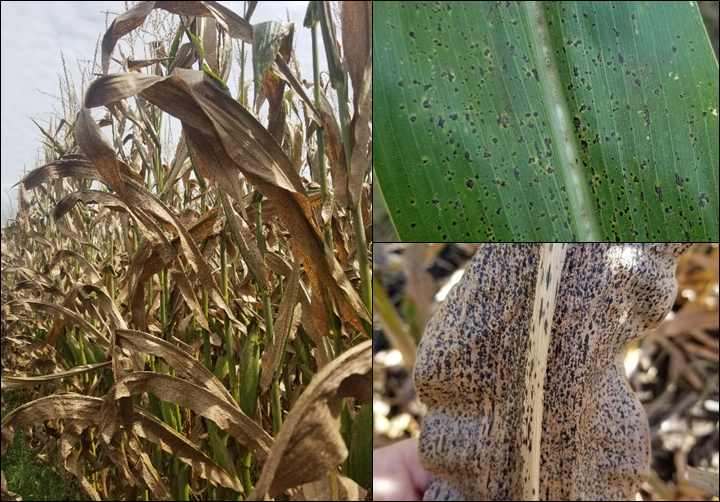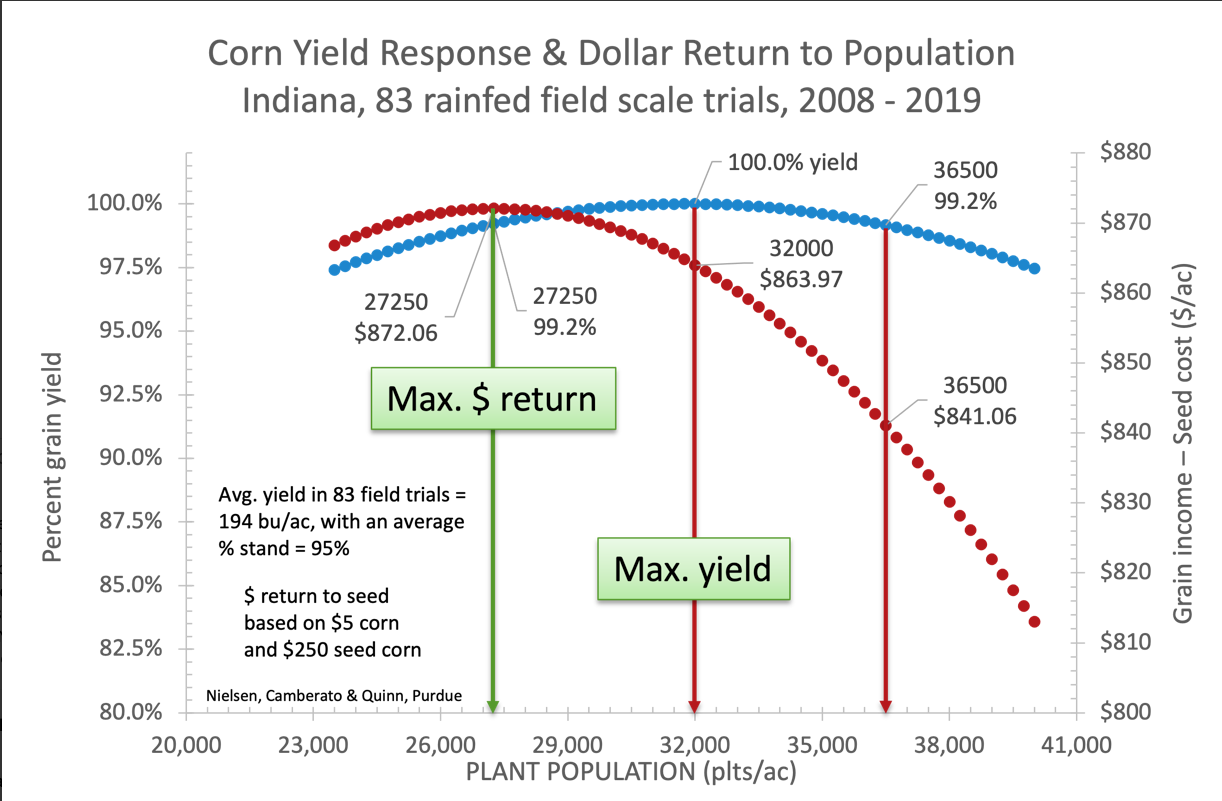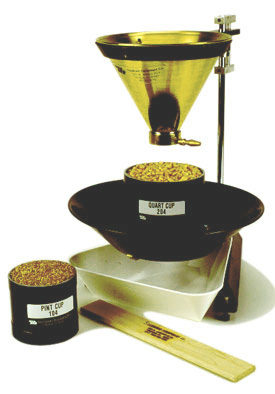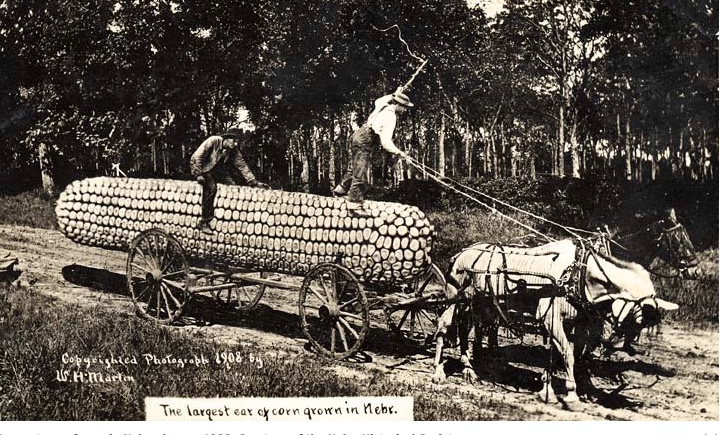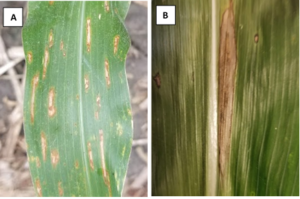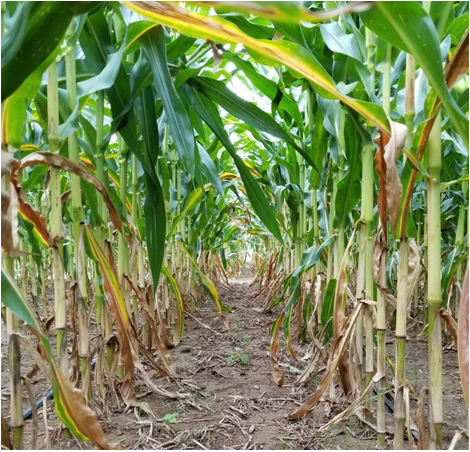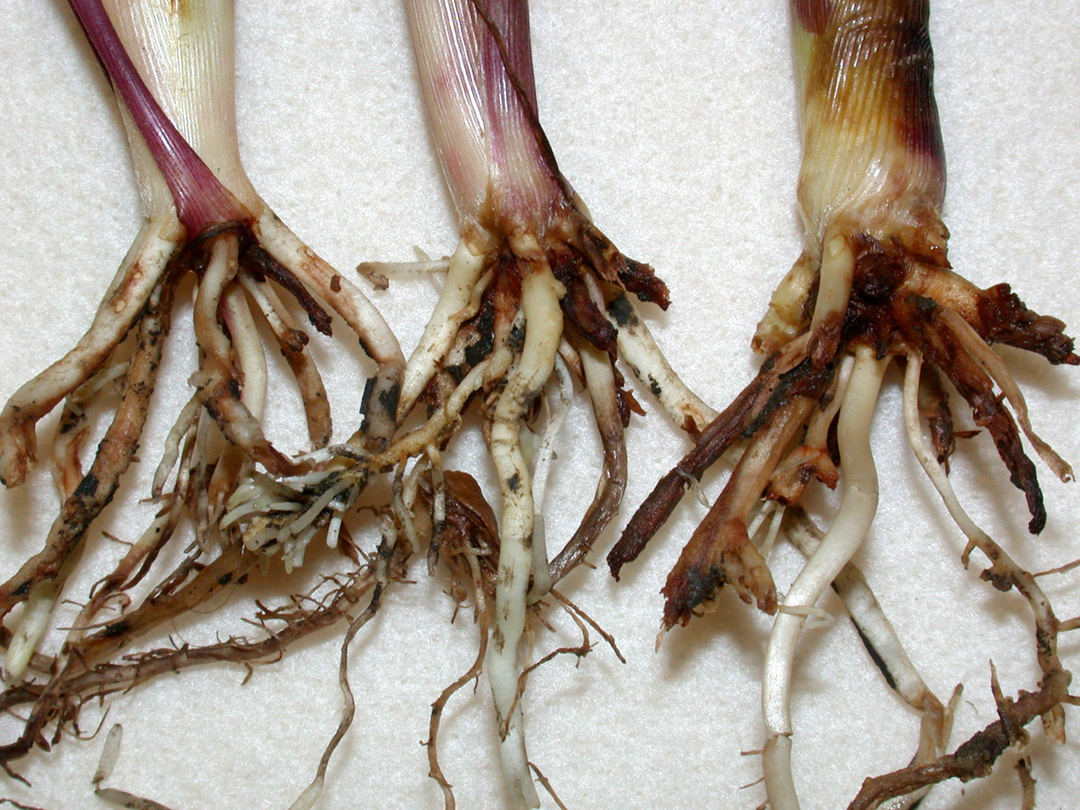It is important to continue to scout for diseases in both corn and soybeans. Recent rains have created favorable environmental conditions for the development of foliar diseases in both crops. In our scouting rounds this week we continue to find gray leaf spot, northern corn leaf blight, and tar spot in corn (Figure 1 and 3), and frogeye leaf spot, downy mildew and Septoria brown spot in soybean (Figure 2). In addition, we continue to add counties with active tar spot and southern rust in Indiana. The most frequent question I have received is, “Should we make a fungicide application?” My response – What diseases are you finding in your field? What is your hybrid/variety susceptibility and field history? What growth stage? Are you irrigating? A fungicide application can be effective at reducing disease and protecting yield, but there are a number of factors that need to consider: the field[Read More…]
